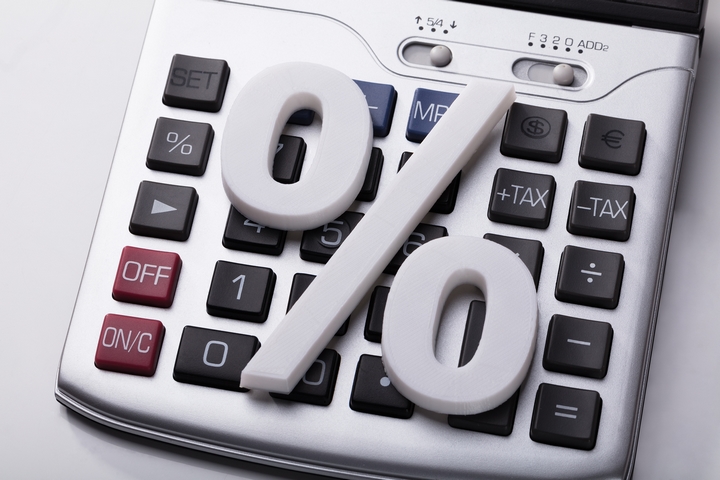For any Canadian-controlled private corporation, partnership, individual, or trust conducting research and development activities in Canada, their work may qualify for SR&ED refundable tax credits. Issued under the Scientific Research and Experimental Development program, these credits are Canada’s largest source of R&D financial support. More than $3 billion in tax incentives go out yearly to more than 20,000 claimants.
SR&ED is divided into federal and provincial. At a federal level, a Canadian-controlled private corporation is eligible for a 35% refundable credit on their first $3 million of qualified expenditures, reduced to 15% in the form of non-refundable ITCs on all expenditures above the $3 million mark. For other parties, there is a 15% non-refundable tax credit on all qualified expenditures. That’s at the federal level. At a provincial level, SR&ED support ranges from an additional 4.5% to 30%.
Let’s learn about how SR&ED refundable tax credits work.
What is SRED?

SR&ED is available for work to create or improve products or processes. The work must be done to achieve scientific knowledge or technological advancement. The criteria are strict in excluding commercialization. Furthermore, how the work is done matters. It must be a systematic investigation or search using experiment or analysis.
Most businesses that apply for SR&ED are technology firms, hardware firms in energy and manufacturing, and biomedical and telecommunications companies. That said, any business can apply. Any business is eligible so long as the projects and work they are applying for fit the criteria. Innovation happens in every sector of business. If you are creating something new, overcoming technological or scientific challenges, and when there is a risk of failure, this work may be applicable.
Refundable SR&ED & Non-Refundable

The SR&ED tax credit system can be complex. The refundable tax credit portion of SR&ED is limited. CCPCs only earn a refundable ITC at 35% on expenditures. If a CCPC qualifies, it can also earn a refund on up to 40% of its ITCs above the $3 million mark.
The whole of their 15% ITC is refundable to individuals and trusts. For these, though, the ITC must be applied against tax payable before the CRA will refund 40% of the unclaimed balance of ITCs earned in the year.
Eligible SR&ED Expenditures

SR&ED refundable tax credits are based on expenses and expenditures. These include salaries and wages of those involved with an SR&ED project, materials purchased for the project, subcontracting fees, and overhead costs.
These costs need to be tracked extensively, as does time. It is best to anticipate an SR&ED claim beforehand and ensure extensive records are kept over a project.
How to substantiate SRED claims

SR&ED claims are submitted with your tax return. It is often prepared by an SR&ED specialist or accountant experienced with SR&ED claims. SR&ED claim preparation requires tax knowledge and engineering and technical documentation support. The forms used to claim SR&ED tax credits require extensive detail and documentation. Most business owners they’re best recommended to use an SR&ED specialist to prepare their claim and ensure it is not rejected.
When you claim the CRA to qualify for SR&ED tax credits, you must describe how your project meets the criteria and provide supporting documentation. These include financial statements, records, receipts, contracts, and other documents.
Supporting documentation will be very important if an SR&ED application is deemed incomplete or selected for review. Keep all the evidence to substantiate an SR&ED claim and take careful records.
How to calculate SR&ED tax credits

SR&ED tax credits are calculated based on the number of expenditures a corporation incurs across qualifying activities. The incentives can be significant for any business. There is no cap on what a business can receive.
Some qualify for a refundable tax credit of almost 50% of all expenditures on qualifying SR&ED activities. SR&ED can have a massive impact, helping to fund R&D and providing businesses with a financial cushion when a risk doesn’t pay off through scientific-technological experimentation.
Why are my SR&ED tax credits rejected?

There are two major reasons the CRA would reject an SR&ED tax credit application. The first is an incomplete claim. The second is misidentifying an SR&ED project.
If you’re a beginner and don’t have a background in finances, taxes, payroll, accounting, or SR&ED project tracking, simple mistakes can either trigger an audit or have your claim rejected. Before you claim SR&ED refundable tax credits, it’s best to have an established approach for tracking SR&ED projects.



